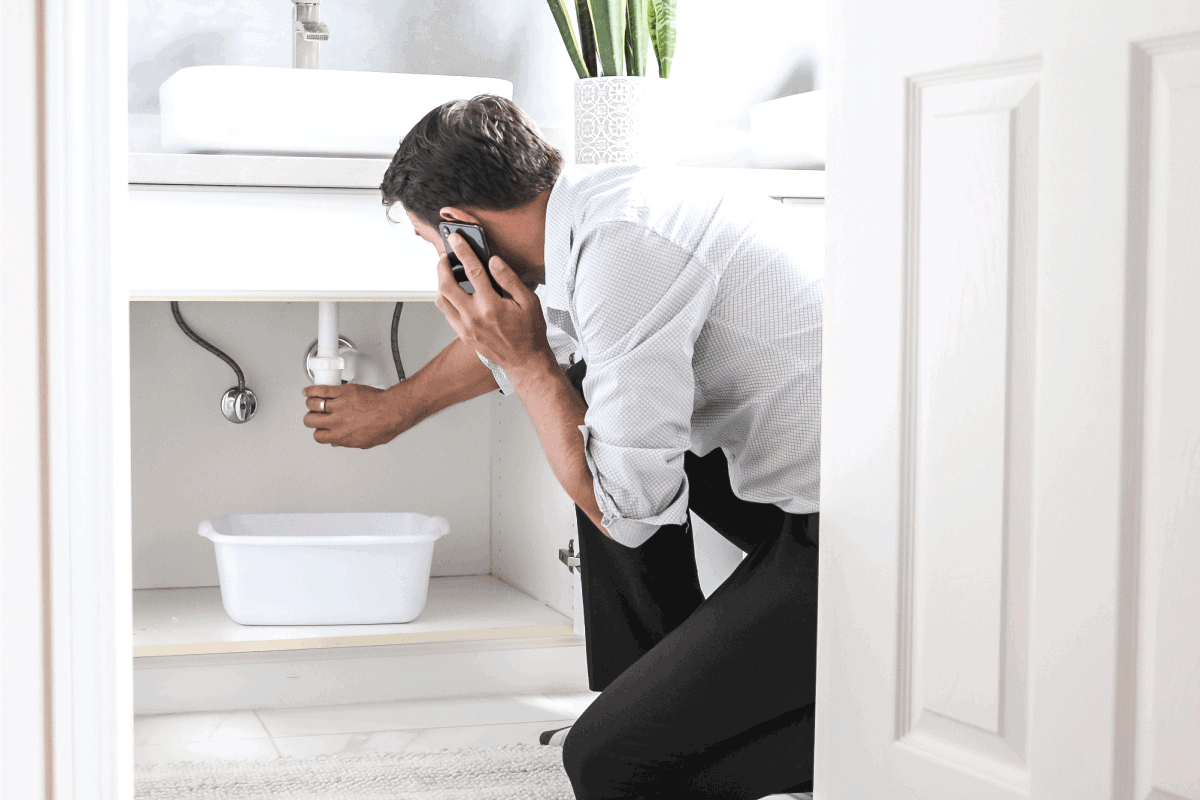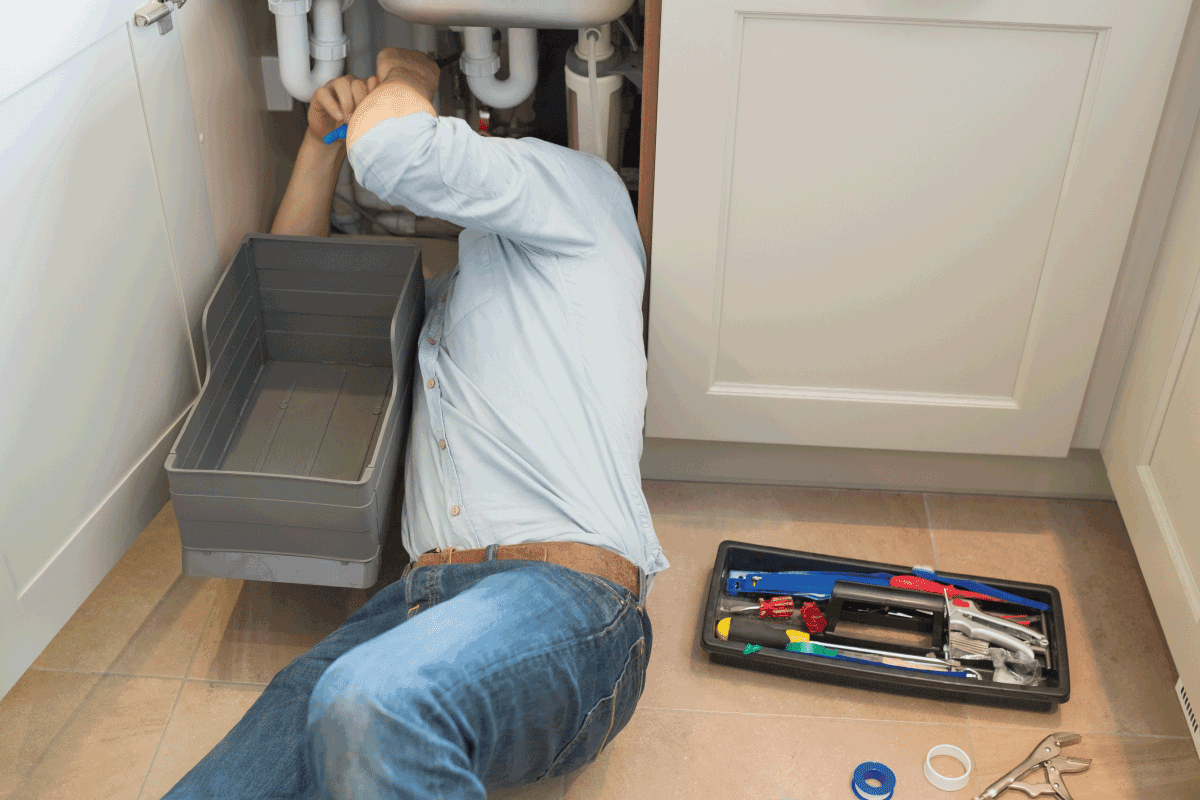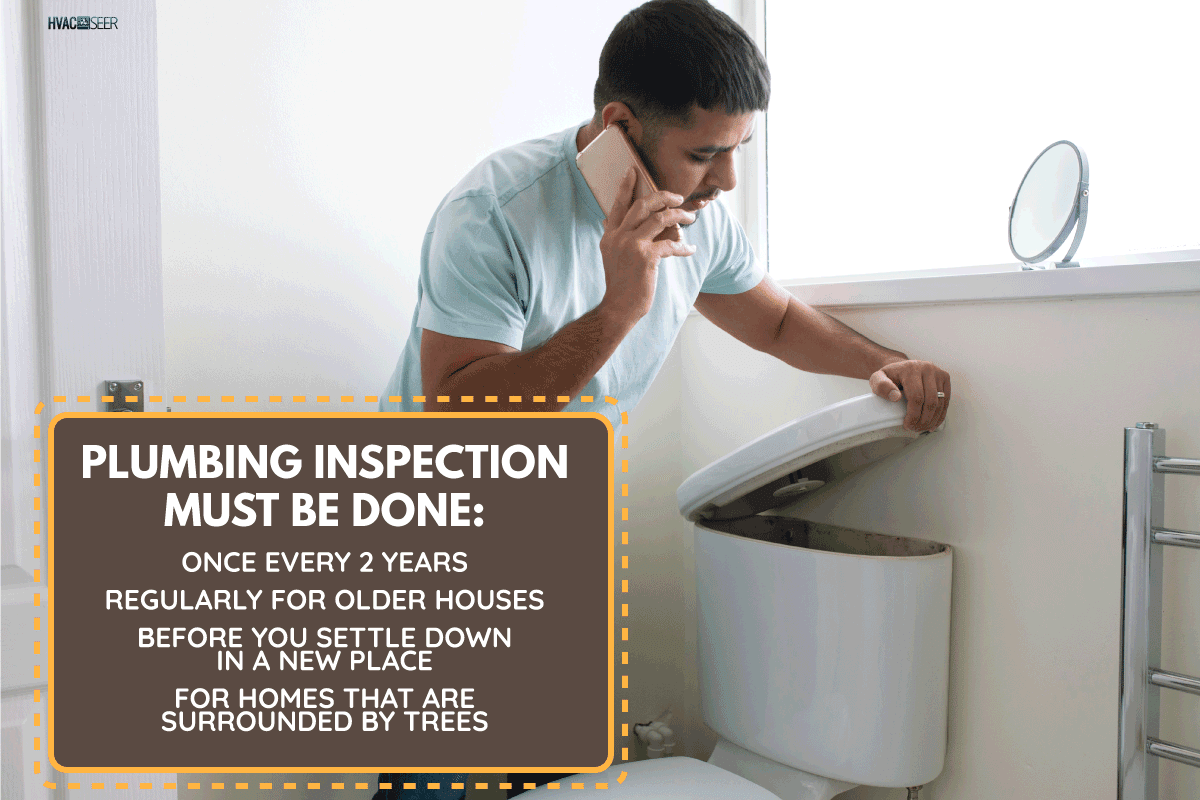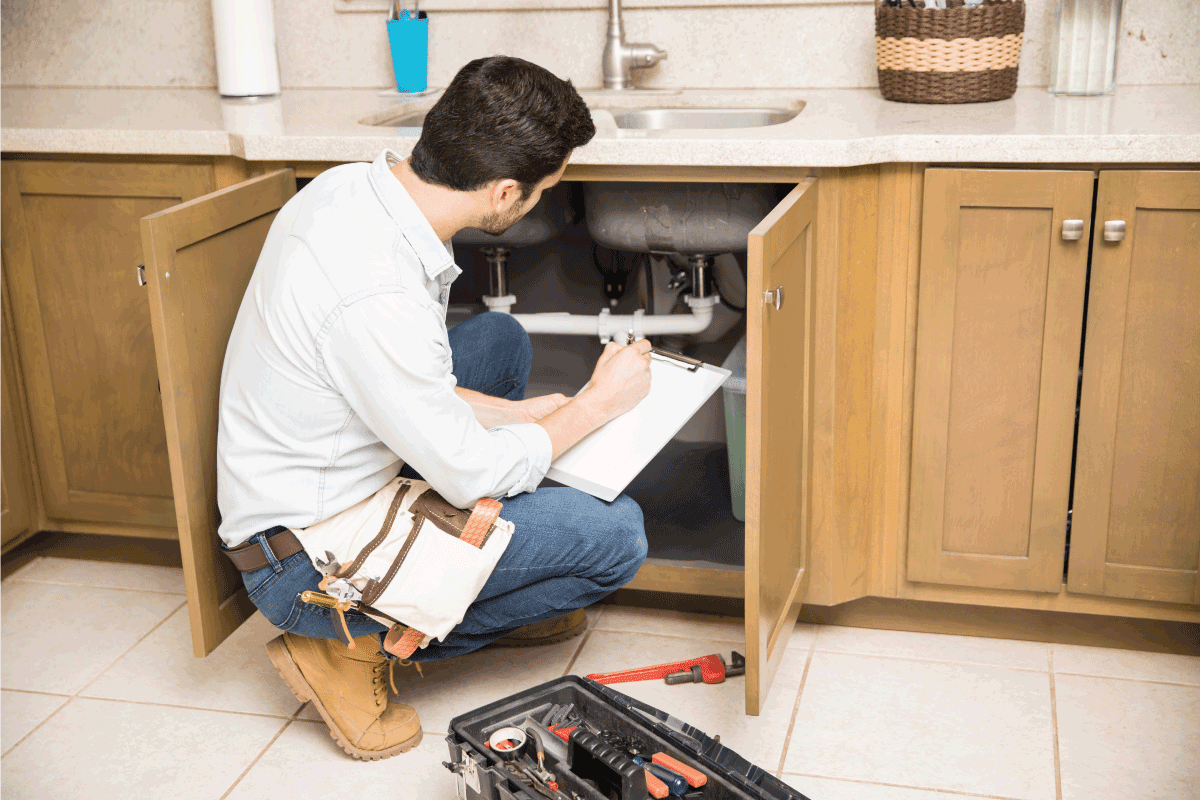Plumbing is one of the most essential responsibilities for homeowners. If there is an issue with the plumbing system, you would want to find a solution fast, but it can be hard to get through some of the jargon. We've rounded up a few terms that you might find helpful when discussing issues with a professional.
In order to make you sound like a pro when consulting a plumber or talking to your trusty salesman at the hardware store for a quick DIY fix, here are 10 words that you should know about:
- Potable
- Wastewater
- Pressure head
- Septic tank
- Main drainpipe
- Float valve
- Shutoff valve
- Plunger
- Auger
- Teflon tape
In this article, we'll define each of these terms so that you'll be able to better understand your plumber and DIY plumbing guides. We'll also take a look at common home plumbing issues and how to diagnose them as well as other important topics for homeowners. Read on to learn more!
Important Plumbing Terms Defined
Get out your pens, and take note! We'll now define each of the plumbing terms listed above so that you can read guides and carry on conversations about plumbing more confidently:

- Potable - When a plumber says that the water from your tank is potable, it means it is safe to consume.
- Wastewater - Water that comes from daily activities like bathing, toilet flushing, doing the laundry, and washing the dishes. Simply put, it is not safe to consume.
- Pressure head - The measurement unit used for water pressure in a plumbing system.
- Septic tank - This refers to an underground chamber that is usually made of concrete, fiberglass, or plastic, designed for basic sewage treatment.
- Main drainpipe - Ever wondered how all the wastewater just goes directly through the septic tank? It is this pipe that makes it all possible.
- Float valve - This valve is responsible for controlling the water flow in the household tank. It should automatically shut off the water flow when it reaches a certain capacity.
- Shutoff valve - In case of water running from the sink, finding the shutoff valve is a quick fix as it stops the water flow in a given pipe. It is also helpful when carrying out maintenance.
- Plunger - With its bell or dome shape design, this is a useful tool that helps unclog sinks and toilets using suction.
- Auger - This works to unclog drains, too, but for more heavy-duty tasks by turning a snake-like fitting down the drain.
- Teflon tape - Commonly used for sealing pipe threads, this is a thin white tape made with fluorocarbon polymer.
Familiarity with these words is a great start. However, there are still a lot of terms that your local plumber could use. We recommend keeping a glossary in your bookmarks because you’ll never know when it can come in handy.
Check out a manual auger on Amazon.
Alternatively, you can get this tool to use with a drill for fast-action results! Us the auger to mechanically snake a clogged drain.
Check out a heavy-duty plunger at Amazon.
Every household should have a plunger handy, and this one comes with a stylish, stainless concealing tube.
Now that we have got those terminologies in check, it is time to dig deeper into other essential information that you should know about plumbing.

What are the common plumbing issues in homes?
Dripping faucets, clogged toilets, low water pressure, water heater issues, and leaky pipes are among the common plumbing issues that every homeowner faces. There are also instances where plumbing issues come in the form of a hefty water bill, which opens the possibility of a hole in the plumbing system.
While some of these can be fixed with some DIY knowledge, other issues may require the help of a professional plumber. Knowing key terms, especially when explaining plumbing issues, makes it easier for both you and the plumber to get the problem solved quickly and effectively.

How do you diagnose plumbing problems?
When it comes to plumbing, self-diagnosing the problem can be quite difficult. If you would like to do a quick check by yourself before calling a professional, remember to use the right tools to avoid creating further damage.
Without the picture of the whole pipe system, detecting serious problems that need repair or replacement could be done by focusing on the water that comes from the pipes. For instance, a faulty faucet can be quite obvious. There can be tapping sounds, and the water can also come off with an odd color.
Articulating a plumbing issue to a professional can also be a challenge, but they are your best bet when it comes to fixing plumbing emergencies. Just make sure that you take note of every detail that you have observed with the problem so you can help your plumber become more aware of the situation at hand.

How often should you check your plumbing?
Even if your house’s plumbing system was installed perfectly, it will still be susceptible to problems that may arise from everyday wear and tear. As a good practice, it is recommended for every household to undergo a plumbing inspection once every two years.
This way, issues can be identified ahead of time, which can also save you thousands from expensive repairs.
It is important to note that there are some exceptions to this rule. Let’s say that you are moving into a new home. A plumbing inspection must be carried out before you settle down in the new place. This just eliminates the possibility of having plumbing issues in your first few months at the house.
Families living in older houses are also advised to have more regular plumbing inspections. This is because the materials used can deteriorate with time, especially if the plumbing system is made up of steel pipes.
Lastly, homes that are surrounded by trees should also be inspected more frequently. Roots from the trees surrounding the house can penetrate plumbing systems or pipes. You know what they say, prevention is better than cure.

Final Thoughts
Plumbing is definitely an essential part of every home. It ensures that people can comfortably use their bathrooms and kitchens for everyday activities. No one likes to be bothered by plumbing problems every now and then. Ergo, be a responsible homeowner and keep your plumbing in check— remember that basic knowledge of plumbing terms can definitely go a long way.
Looking for some more great DIY knowledge? Check out our related posts:
How To Install Sharkbite Fittings On Existing Copper Pipe [Step By Step Guide]
Roca Toilet Flush Not Working – Why And What To Do?


